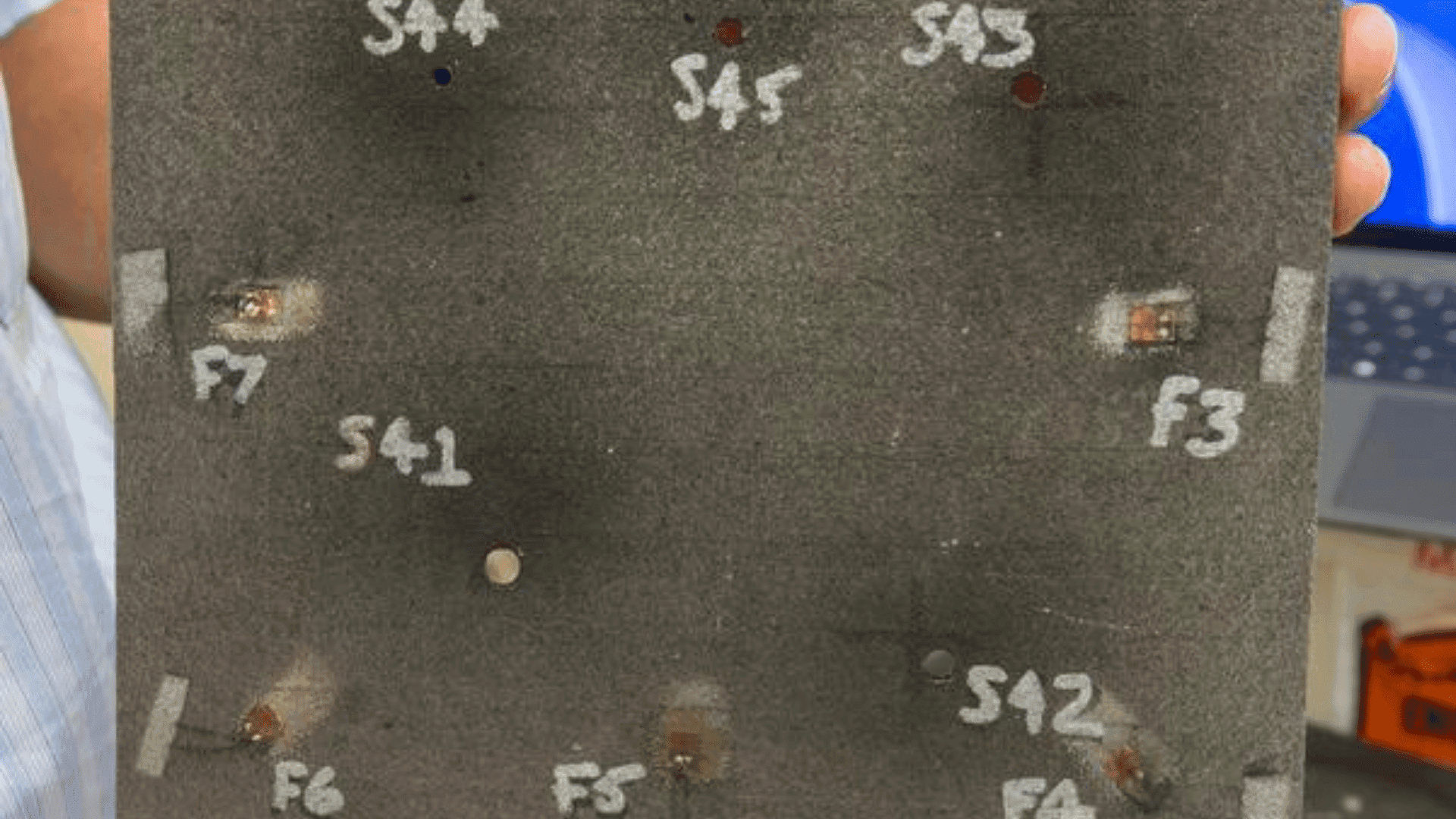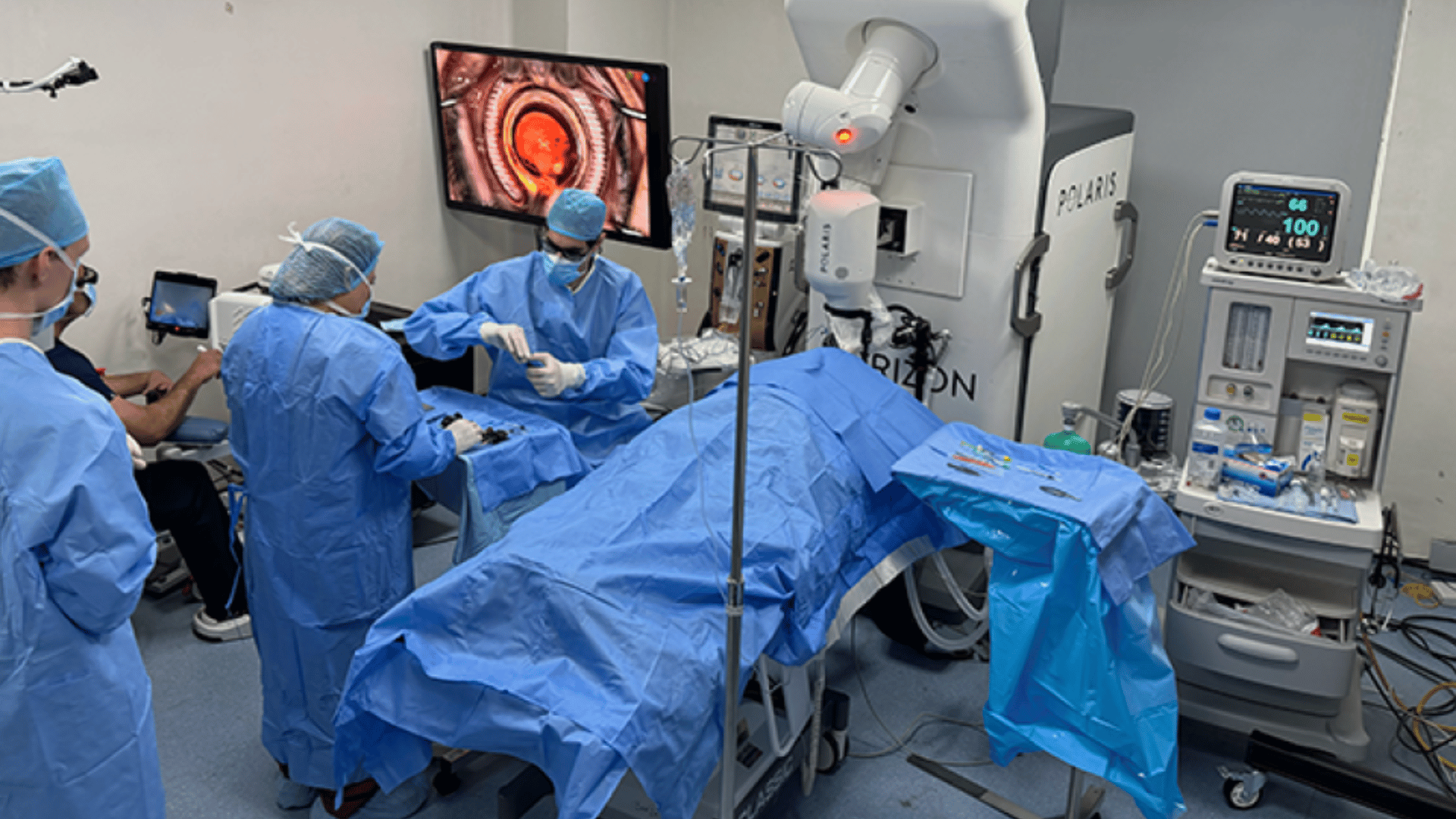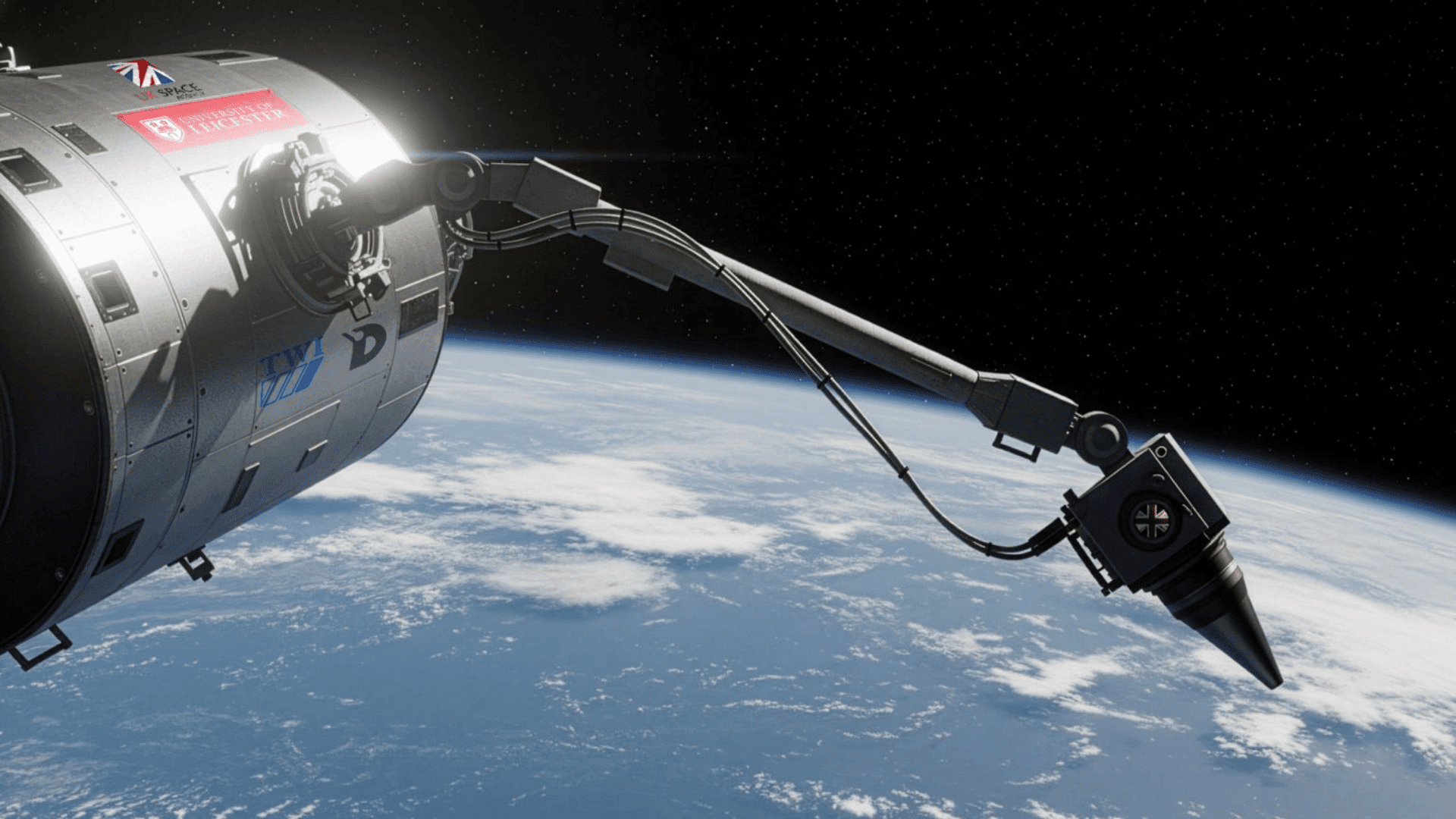Space debris is a growing threat, especially to the increasing number of satellites in orbit. Satellite explosions, anti-satellite missile tests, and accidents all pose significant threats to operational spacecraft. Junk fields could linger in orbit for years. These issues led to the development of new technologies to protect satellites and understand the environment.
Southwest Research Institute (SwRI) reportedly created and tested a new micrometeoroid and orbital debris (MMOD) detection and characterization system to monitor these impacts.
Detecting Space Debris to Protect Future Missions

Researchers explain that the innovative system is a structural element with sensors that collect vital post-impact data. This provides awareness of an impact, even if no immediate damage is apparent. They say the system can either be mounted onto an existing spacecraft or integrated into its initial design.
The collected data reportedly provides crucial insights into the size and volume of particles orbiting Earth. Some are apparently too small to observe from the ground. In addition, it can also alert a spacecraft or satellite when and if it is hit.
“Most spacecraft survive minor impacts without systems breaking or operators on Earth knowing,” said Dr. Sidney Chocron with SwRI. “Our device is designed to send data back to Earth with important insights before any damage is apparent, which can also influence future design decisions.”
The SwRI team tested the system with a light gas gun, which replicated the vacuum and impact of space conditions. The gun fired small projectiles at panels equipped with the device. “While not every aspect of the space environment can be replicated, our tests create realistic particle impacts,” Dr. Chocron said. “This helps determine whether structures can withstand such collisions.
According to the researchers, the data could be “invaluable” for NASA and the space industry in general. For example, it could help the agency develop more resilient spacecraft in the future. While the system cannot prevent a collision, it could be an important asset for early warning networks.
“Ultimately, our primary goal is to map and characterize the MMOD debris field around the Earth to better protect future missions,” Dr. Chocron concluded. “Our MMOD detection and characterization system is a step toward better understanding and mitigating those risks.”







